1. Pollinators Stop Showing Up
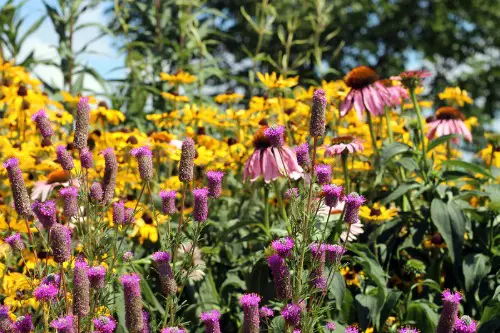
Instagram gardens often prioritize symmetry, color contrast, and exotic blooms over native plants. But flashy flowers like hybrid roses and double-petal varieties may lack nectar or scent, making them useless to bees and butterflies. Without pollinators, the ecosystem weakens—affecting fruiting plants, soil health, and even local biodiversity. Beauty without biodiversity is a short-sighted trade.
Native species, even if less photogenic, support life cycles essential to garden health. Lavender, coneflowers, and yarrow offer food and habitat without sacrificing visual appeal. You don’t have to choose between aesthetics and ecology. But ignoring nature’s needs turns the garden into a disconnected set piece.
2. Soil Gets Treated Like an Afterthought
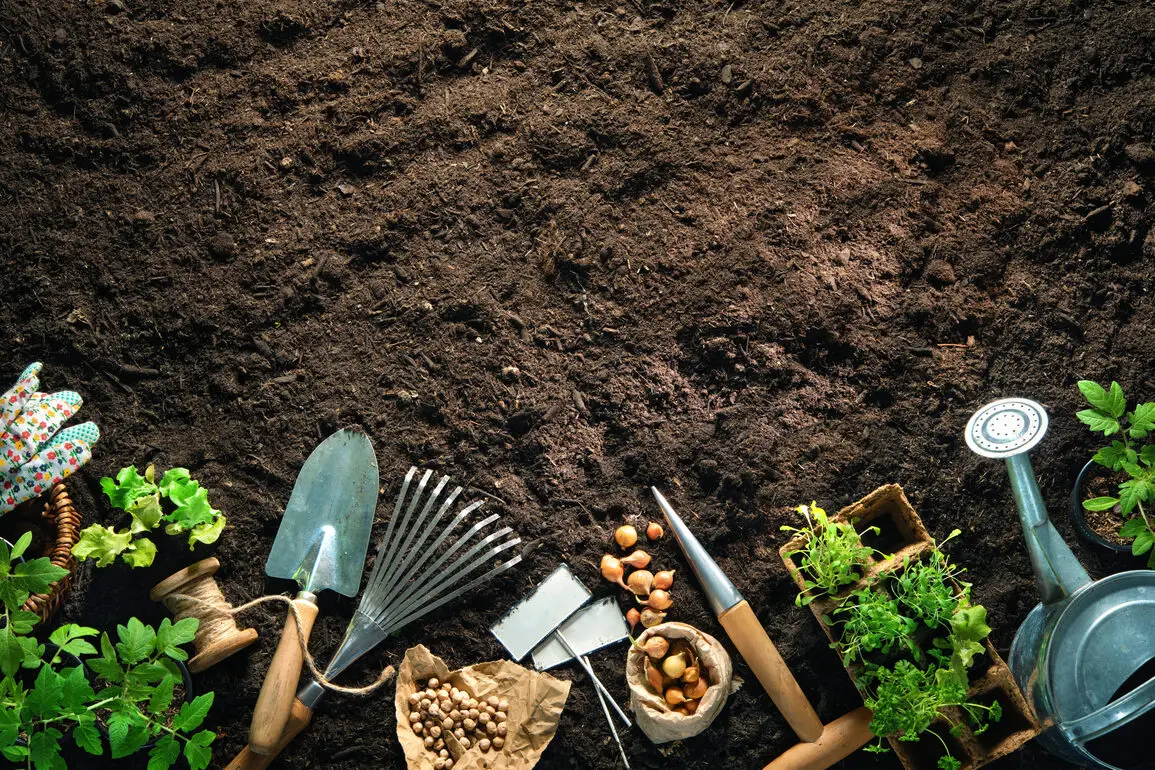
To achieve crisp pathways and pristine beds, many Instagram-inspired gardens lean on landscape fabric, artificial turf, and excessive mulch layering. These choices can suffocate the soil, reduce microbial activity, and hinder root development. In nature, healthy soil is alive—filled with fungi, bugs, and moisture cycles. Garden design that ignores the ground beneath the beauty compromises long-term resilience.
Compost, native ground covers, and minimal disruption feed the soil’s systems. Prioritizing soil health makes your garden self-sustaining over time. But if your yard is mostly posing on lifeless dirt, it won’t thrive off likes. Roots need more than aesthetics to grow.
3. Plants Are Chosen for Color, Not Climate
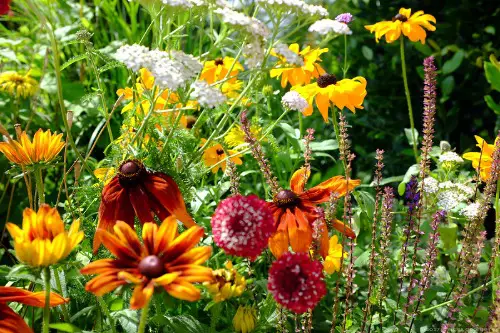
Bright succulents and tropical foliage may pop online, but they often struggle in climates that don’t support their needs. Buying what photographs well—rather than what thrives in your zone—leads to constant replacement and disappointment. Design loses impact when it fights the environment. A garden should grow into its place, not pretend to belong.
Planting with climate-smart choices like drought-tolerant natives, shade-lovers, or seasonal bloomers creates harmony and lower maintenance. These selections evolve with the rhythms of your region. Instagram may love novelty—but nature rewards roots and rhythm. Style should start with suitability.
4. Wildlife Feels Unwelcome
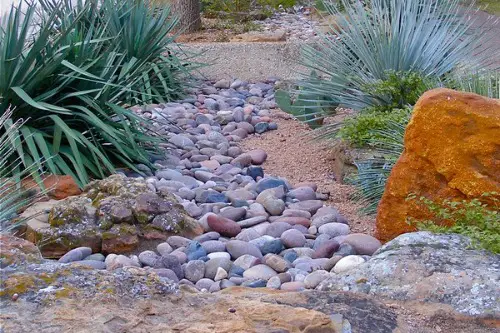
Sculptural fountains, minimalist gravel gardens, and sterile planters may look chic—but they provide no shelter or water sources for wildlife. Birds, frogs, and beneficial insects need layers, texture, and small messes to survive. Over-styled gardens often feel empty because they’re ecologically sterile. The absence of life is not serenity—it’s imbalance.
Adding birdbaths, hedges, logs, and leaf litter brings nature back into view. Movement, sound, and surprise all follow when wildlife feels safe. When gardens host life, they invite wonder. When they chase perfection, they repel it.
5. Everything Blooms at Once—Then Fades
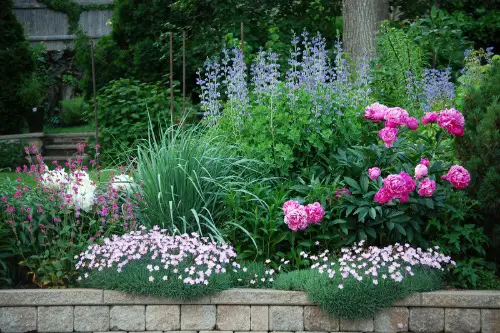
Color-block planting schemes often aim for one showstopping photo moment, with all blooms synchronized in peak. But once that moment passes, the garden can look flat and forgotten. Real gardens evolve in waves, layering early, mid, and late-season interest. Instagram gardens tend to burn bright—and then disappear.
To sustain visual and ecological impact, staggered blooming is key. Plants like hellebores in spring, rudbeckia in midsummer, and asters in fall keep interest alive. Sequence matters more than spectacle. Growth shouldn’t be timed to match your feed.
6. Water Use Skyrockets
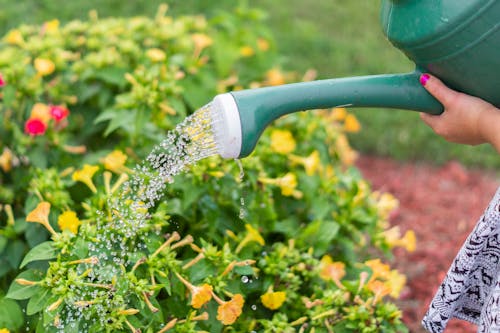
Lawns that stay lush year-round and flowers with high thirst levels might look stunning—but they often require constant watering. In dry regions especially, this can mean wasteful consumption or dependence on irrigation systems. Nature rarely supports such excess, and ecosystems suffer under artificial abundance. A thirsty garden isn’t a sustainable one.
Switching to native grasses, xeriscaping, and rain collection methods reduces water needs while maintaining appeal. Your garden can still be beautiful—with smarter priorities. Hydration should serve health, not just aesthetics. Flashy doesn’t have to mean draining.
7. Maintenance Becomes a Full-Time Job
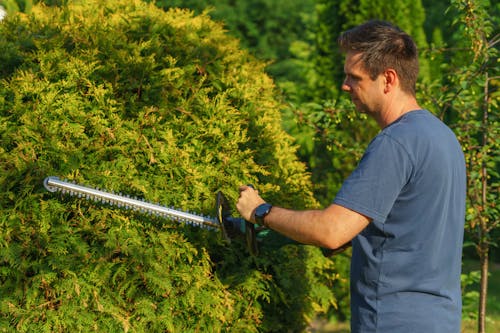
Perfectly trimmed hedges, deadheaded blooms, and weedless paths might dazzle in photos—but they demand relentless upkeep. Instagram gardens can feel like living props, needing weekly grooming to stay camera-ready. The pressure to preserve visual perfection leads to burnout and frustration. Real gardening is messy—and forgiving.
Low-maintenance design uses plant communities, mulch, and natural form to reduce intervention. A garden should breathe, not perform. When every leaf is a liability, joy disappears. Beauty thrives best when it’s allowed to change.
8. Purpose Gets Lost in Performance
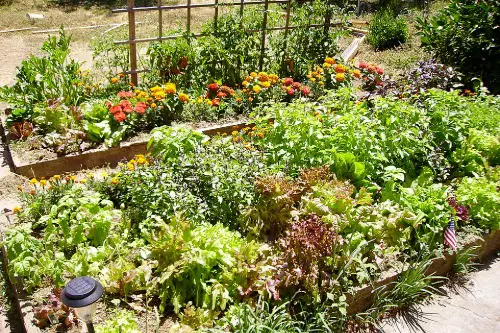
At its core, a garden is meant to be a refuge—for rest, observation, nourishment, and regeneration. But when design centers on appearance alone, those purposes fade behind the aesthetic. Visitors feel like they’re entering a display—not a sanctuary. The soul of the space becomes surface-deep.
Reclaim purpose by designing with intention: a quiet bench under trees, vegetables in a sunny patch, a wild corner left untouched. Let your garden tell your story—not follow someone else’s template. Meaning grows when you stop chasing metrics. Presence replaces performance.
This post What Happens When Your Garden Is Designed for Instagram—Not Nature was first published on Greenhouse Black.
